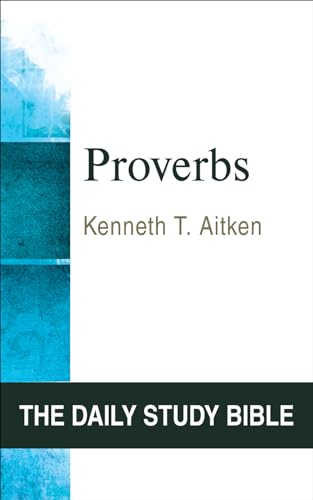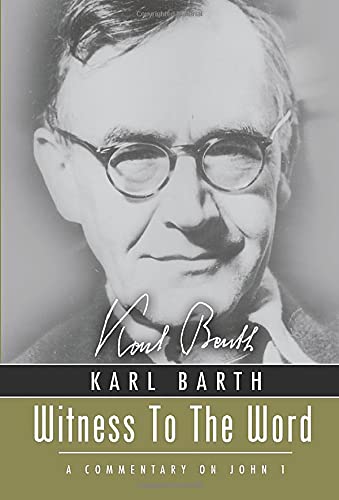Marriage and Divorce: The New Testament Teaching
Written by Ward Powers Reviewed By David WenhamThis book by the head of NT at Sydney Missionary and Bible College is a broadly ranging discussion of marriage, sexuality, divorce and remarriage. Although its title indicates that it is primarily a study of NT teaching, this is in fact only part of the story, since the book gives considerable attention also to OT teaching, to historical perspectives and to practical issues (such as contraception, appropriate behaviour in courtship and so on), and it includes appendices discussing, among other things, the population explosion, polygamy and non-Christian marriages and (in unnecessary detail) animal reproduction. It is written by someone with real pastoral concern, primarily though not exclusively with the Western cultural scene in mind, and it contains much useful and down-to-earth discussion. The author emphasizes the goodness of human sexuality as made by God, the importance of life-long marriage, the fact that no divorce is good because all marital breakdown involves sin, and the reality of God’s forgiveness.
On the controversial issues of divorce and remarriage, the author strongly repudiates a number of commonly-held views, including that of W. A. Heth and G. J. Wenham in their Jesus and Divorce (1984), who consider that Jesus took an ‘Indissolubilist’ view of marriage, such that remarriage following divorce is never right, and that of John Stott, who argues that divorce and remarriage are only permissible in cases of adultery and desertion (most recently in his Issues Facing Christians Today, 1984). He finds himself most closely in agreement with David Atkinson’s views in his To Have and to Hold (1979). Powers argues that it is divorce, or more fundamentally marital breakdown, rather than remarriage that is sinful: whereas other scholars believe that the NT sees remarriage as being the decisive violation of marital union and (with some possible exceptions, depending on one’s understanding of the ‘except’ clauses in Matthew’s gospel) as constituting adultery, Powers argues for the separation of the two. Divorce is always contrary to the will of God—Powers is surely right to emphasize this—but marriages do come to an end (contrary to the opinion of the indissolubilists) and there is forgiveness for marital breakdown as for any other sin, given true repentance. Remarriage in such a situation in no way compounds the sin; indeed it may be positively therapeutic and even be encouraged by Scripture. For this last point he appeals to 1 Cor. 7 and to Paul’s recognition that not all ‘unmarried’ people can or should remain unmarried. Powers argues that Paul’s ‘unmarried’ category includes divorced people, appealing particularly to 1 Cor. 7:11.
This interpretation of the Pauline text is one of a number of exegetical points that are, to say the least, debatable. Does Paul really mean in 1 Cor. 7:11 that a separated wife is, until she is reconciled to her (former?) husband, ‘unmarried’? Surely not: the separated wife needs to be reconciled to her husband (who is still her husband), not to remarry him; and Paul’s instruction that she remain ‘unmarried’ means that she should not marry someone else. The implication seems to be almost the opposite of that suggested by Powers: that breakdown of marriage does not mean the end of the relationship. Powers agrees that there should be an attempt to rebuild marriages that are in trouble, but he believes that at some point one may say to people that 1 Cor. 7:11 no longer applies, because the case is hopeless.
On the crucial sayings of Jesus about divorce, Powers, accepting the priority of Matthew and the originality of the Matthean form of the sayings, argues that in Mt. 5:32 and 19:9 Jesus is commenting on divorce that was not permitted by the Mosaic law: the Mosaic law only permitted divorce on grounds of ‘uncleanness’ (the word used in Deuteronomy) or ‘immorality’ (the word used in the gospels), but many of Jesus’ contemporaries allowed divorce on almost any ground. In response to this Jesus argues in 5:32 that any divorce outside the Mosaic category (‘except for marital unfaithfulness’) had the effect of branding the divorced woman as an adulteress when in fact she was not such, and of similarly branding any second husband she might have. In 19:9 Jesus condemns as adulterous those who divorce their wives not for the Mosaic reasons (‘not for marital unfaithfulness’) but in order to remarry. Powers’ interpretation has Jesus endorsing the Mosaic divorce regulation, not revoking it (though that is not to say that Jesus, or even Moses, approved of divorce; on the contrary). In favour of this he appeals to Mt. 5:17 with its insistence on Jesus’ fulfilment of the law and the prophets. However, elsewhere in Mt. 5 Jesus clearly does go beyond the letter of the OT law to a more fundamental kingdom-righteousness, and it makes sense to see his teaching on divorce as in this category, both in Mt. 5 and Mt. 19, where he explains the fundamental ‘one flesh’ principle. Mt. 5 portrays a Jesus whose teaching far surpasses that of the scribes and Pharisees, whereas Powers’ Jesus does not obviously go beyond the more strictly inclined rabbis. Despite Powers’ arguments, it is more likely that in 5:32 Jesus is saying that the sort of divorce he is describing produces what is real adultery in God’s eyes than that it puts stigma of adultery on people who don’t deserve it (i.e. the divorced woman and any possible second husband). In 19:9 Powers admits that a certain type of divorce involves real adultery in God’s eyes (not, this time, just the stigma of adultery), but he sees the intention of the divorcing husband as being what makes it adulterous rather than the remarriage. However, this is not the literal force of the words here or in the Markan and Lukan parallels: it is the remarriage (being the irreversible rejection of the old marriage) which is seen as adulterous. Despite Powers’ arguments, there is a strong case for understanding Jesus’ and Paul’s profound and radical teaching to be that marriage brings into being a union of persons that the partners can neglect or abuse but not terminate. This teaching is difficult both to live out (as the disciples realize, Mt. 19:10) and to administer pastorally in a fallen world (as Powers stresses), but it is a stronger and less objectionable case than Powers makes out.
Other points in the book are also controversial. For example his claim that Jn. 4:18 (‘You have had five husbands, and the man you now have is not your husband’) proves that Jesus recognized the validity of more than one marriage is pressing the text more than is justified. His belief that human life begins not at conception but at implantation is a view with potentially far-reaching implications in an age of genetic engineering. His argument that the procreation of children is not one of the primary purposes of marriage and that married couples may opt out of it is arguably an over-reaction to those who suggest that sexual union is only for procreation. Like many others he claims that the Christian understanding of forgiveness means that those whose first marriages have failed and who have repented of their sin should be allowed to begin a new marriage; but it is a fallacy to think that because a person is fully forgiven by God, he or she is therefore exempt from all the earthly consequences of sin or that he or she must have the same options available to them after the sin concerned as before.
Writing on the question of marriage in today’s world is like walking through a minefield. (For a very judicious summary of issues and approaches see David Field’s article in Themelios 8:3.) Powers has tried in an original and interesting way to find the balance between the exacting and exciting rigour of the biblical teaching on the one hand and its compassion on the other. He makes many sensible points in the course of his discussion, but it is not clear that the weaknesses of his own position are less than those of other positions that he criticizes. His openness on the issue of remarriage will be attractive to many in today’s situation, but the crucial question is not whether his view seems attractive, but whether it is a reliable interpretation of the NT teaching.
David Wenham
Wycliffe Hall







